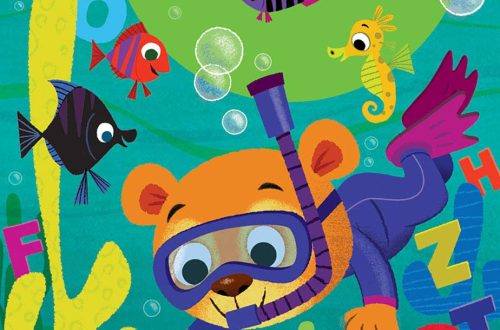Tips When Considering a Rudolf Steiner School
[ad_1]
For someone schooled in a traditional educational system, it can be hard to consider alternative methods, regardless of proofs of its effectiveness or even superiority. As a parent, it scares us. After all, it is our child’s future at stake.
I’ve experienced this as a parent. I came to a crossroad when my child was just an adolescent as I wanted to send him to a good kindergarten. A number of traditional private schools were near our residence, as well as one Rudolf Steiner School.
I’ve read about the Rudolf Steiner educational philosophy. The gist of it is this: the Steiner Educational Movement was founded in 1919, and is considered as the biggest alternative education movement in the world. It approaches your child’s education holistically, wherein a child’s development is focused, not only on the mind, but also in their body, soul and spirit. The different school levels consider the stages of a child’s development. This way, children deal with what they are most equipped to deal with and learn what they need to learn the most.
I ended up sending my child to a Steiner school. It was a hard decision, I must admit. But I am happy with it. Here are some tips to help you decide:
1. A Rudolf Steiner School is for everyone. Your child need not be artistically inclined to fully benefit from the Steiner educational approach. In fact, it may even help your child discover their artistic side.
2. Several studies have been conducted on the Steiner approach to education, all of which speak positively of the method. Because of this, several countries (mostly in Europe) allot public funding for Steiner schools.
3. The Steiner method of education is praised for churning out creative and diverse individuals. This is a plus for me because I’d want my child to explore and not feel the need to conform to norms.
4. Learning is not just academic. It is not just from books, formulae, and the like. It is from doing, exploring and figuring things out. We know this for a fact, especially as adults. Steiner schools apply this in what they teach.
5. The different education levels in a Steiner school follow the stages of a child’s development. So, during Early Childhood, learning is through imitation. At the center of childhood, creativity is the focus and exploration is encouraged. During adolescence, ideas and independent thought are upheld.
[ad_2]
Source by Matt W. Larson



